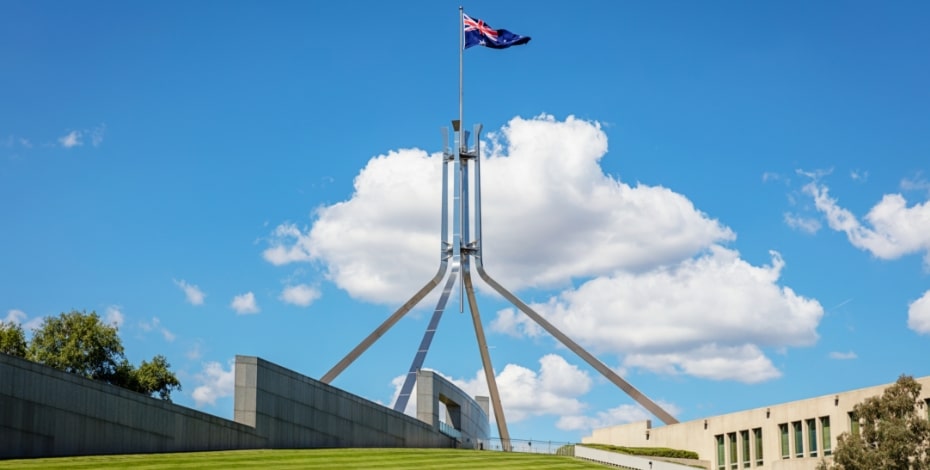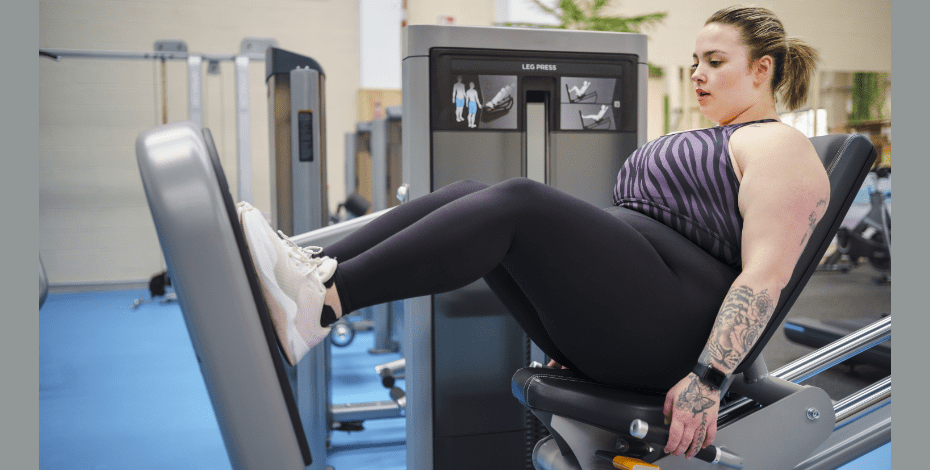
Climbing the hill

APA General Manager, Policy and Government Relations Simon Tatz explains how the APA advocates for physiotherapy and what members can do to help.
An APA member recently wrote to me asking how they can advocate on behalf of the profession.
They wanted to do something to promote physiotherapy and were seeking advice on the best ways to achieve this.
Having members be this engaged and dedicated is most certainly welcomed.
We have over 31,000 ‘advocates’ thanks to the way you all promote the profession in the work you do every day.
So how can we best harness and channel our collective advocacy?
At the APA, we have a dedicated Policy and Government Relations team that performs a dual function—working with the APA Board of Directors, National Advisory Council and members on physiotherapy policies and promoting and advocating on behalf of the APA.
The policy part is (I hope) self-explanatory.
The APA provides a physiotherapy voice to influence policy reform in the healthcare system.
‘Government relations’ is more opaque.
It’s defined as a type of public affairs that focuses on communications between associations/organisations and governments.
The term refers to a specific role designed for interacting and liaising with the various tentacles of government, especially the legislative and regulatory arms.
Those engaged in ‘government relations’ educate and update policymakers about issues.
We seek opportunities for influence and to ensure that the views of those we represent are reflected in policy debates and outcomes.
I’ve seen government relations from every side: government, Opposition, minor party, public sector, non-government organisations and other associations.
Having lived and worked in Canberra for decades, I also know all too well how easy it is to get lost within the roundabouts, avenues, cul-de-sacs and street mazes that make our capital city a place you either love or loathe.
Parliament House, ‘the Hill’, is even harder to access and navigate, in every sense.
You are at the heart of power in Australia, after all.
It’s a long way to the top
It is easier to try to see an MP in their electorate.
Base camp is meeting your local MP.
Securing a meeting will depend on whether the MP is in government or not and whether they are a portfolio holder.
It will also depend on their personality, of course, and how seriously they take engaging with their constituents.
Ministers (and shadow ministers) are so busy managing their designated responsibilities that they usually have minimal time to meet constituents.
Requests for meetings are triaged by electorate officers, who function as gatekeepers.
Electorate officers judge issues and decide if they can be ‘managed’ without the MP’s input.
The rule of thumb is that only the most serious issues, or the ones that particularly resonate with them, are brought to an MP’s attention.
Issues related to specific topics can also be raised at town hall meetings.
Look out for them; it might give you an opportunity to engage with your local MP.
Constituent issues range from trivial to life-saving.
I recently perused an old work diary from when I was an electorate officer and found examples of the constituent issues I dealt with in a week: a constituent’s dispute with Centrelink, an invitation to officially open a new business, a request to read on radio reading network RPH Australia, a meeting with a delegation of schoolchildren on climate action, an ongoing dispute with the Department of Veterans’ Affairs, a meeting with a delegation on the Iranian nuclear threat, a constituent asking if we could have a tree they disliked cut down, several people needing mental healthcare and a request to help secure life-saving drugs not listed on the Pharmaceutical Benefits Scheme.
MPs’ offices are booked solid with constituent issues.
It is not reasonable for us to expect all MPs to be across every issue.
Pack the right gear
In my experience, MPs can view constituent advocacy as a ‘necessary’ work function.
However, they take advocacy more seriously when it is delivered by leaders (presidents and CEOs) or when its value is demonstrated by substance—evidence, submissions, concise briefs and the materials they need to make reform happen.
A government relations adviser recently met with a relevant minister’s adviser, shadow minister and department.
Although all they took with them was a double-sided A4 sheet, they were told that their lobbying was highly effective because it outlined the problem, what would happen if the government didn’t act and a viable solution.
This is why we focus on producing high-quality submissions, reports and communications with ministers and key parliamentarians.
We package material in the format and style that MPs and advisers understand.
Solutions
If there is one key to successful advocacy and lobbying, it is to provide solutions.
The APA, for example, has provided concrete and detailed solutions for alleviating the GP access crisis through trials of publicly funded first contact physiotherapy; improving residential aged care services; delivering support to those in the National Disability Insurance Scheme, the Department of Veterans’ Affairs and other government-funded schemes; and improving cancer care, paediatrics and animal physiotherapy.
Working together
The power of persuasion—that is, the power to influence decision-makers—rests more in the collective than in individual actions.
This is why I encourage APA members who meet and talk with their local, federal or state MPs to raise awareness and understanding of physiotherapy by promoting the APA’s pre-Budget submission and election statement Physiotherapy: A Path to Better Care and the APA’s white paper Future of Physiotherapy in Australia: a 10-year vision policy paper.
The imprimatur of the APA carries much needed weight.
Because we are an association representing over 31,000 members, our name and logo make an advocacy document more potent.
Be aware that there is a risk that you could harm your own reputation or the reputation of an organisation by wasting an MP’s time.
MPs, or their representatives, will often ask to see what materials you have, such as data, surveys, dot points for speech notes or photo opportunities.
You need more than a compelling story to trigger action.
You are the voice
As an APA member, you have many opportunities to inform the policy and government relations material we develop.
In particular, we run a number of surveys throughout the year that are advertised via our social media channels and digital communications and your insight is extremely valuable.
Thanks to your responses, we can better advocate for the whole profession.
Another way to contribute is by joining a national group in your area of interest.
The APA voice is your voice; make it heard.
Click here to read the APA’s pre-Budget submission and election statement Physiotherapy: A Path to Better Care and the APA’s white paper Future of Physiotherapy in Australia: a 10-year vision policy paper. Click here for more information about the APA national groups.
© Copyright 2024 by Australian Physiotherapy Association. All rights reserved.






